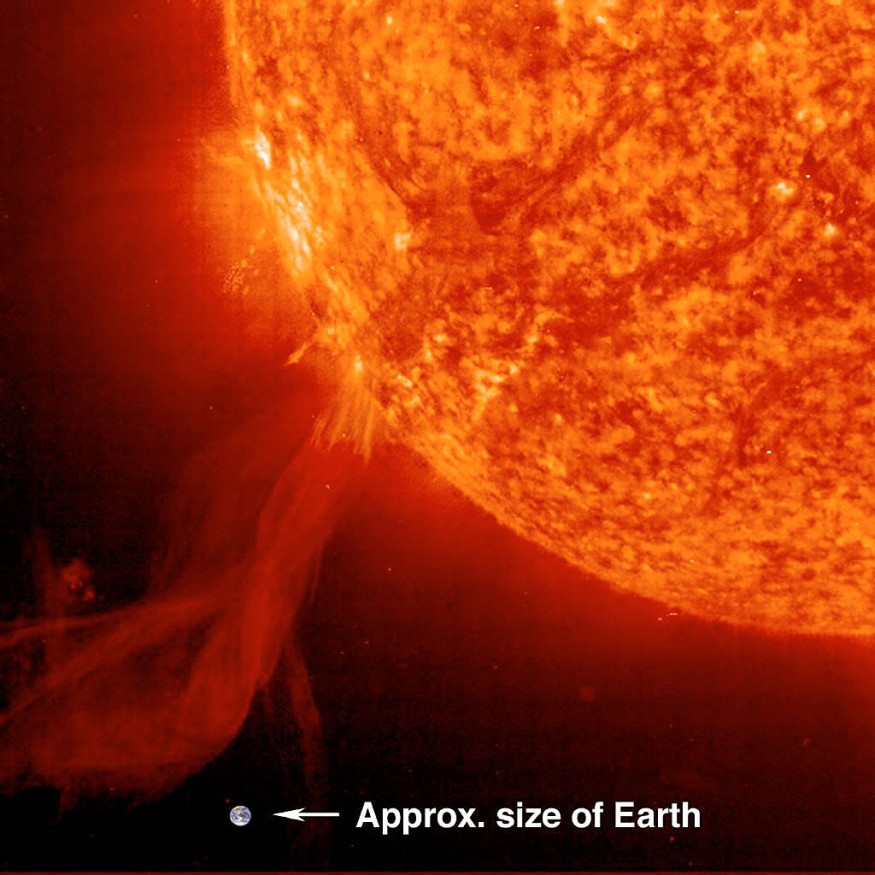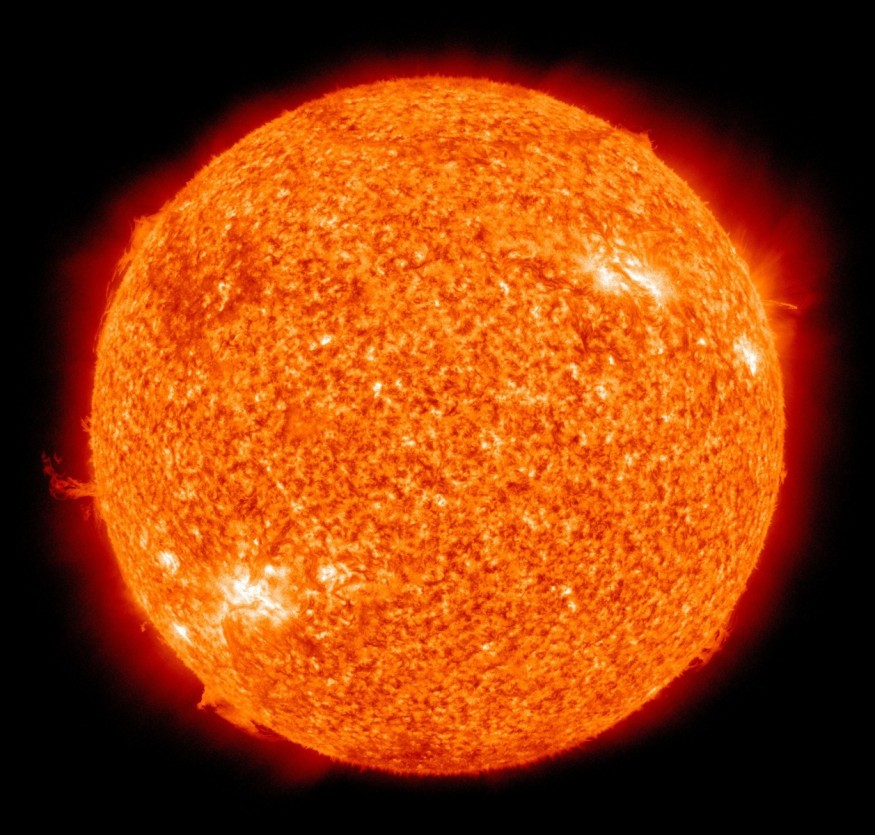SpaceX deployed 49 satellites as part of Elon Musk's Starlink internet project on Feb. 4, 2022, with most of them burning up in the atmosphere days later. A geomagnetic storm induced by the Sun was the cause of this more than $50 million disaster.
Geomagnetic Storm

When space weather collides with the Earth, geomagnetic storms occur. Variations in the Sun's magnetic field send electrons, protons, and other particles into space, causing space weather.
The study examines space weather's risks to space-based assets and how scientists may enhance space weather models and predictions to mitigate these risks.
Space Weather
As space weather reaches Earth, it sets off a cascade of complex events that may wreak havoc on everything in orbit. Engineers like me are attempting to understand these dangers better and protect satellites from them.
The Sun continuously emits a constant stream of charged particles into space. This is referred to as solar wind. The solar wind also carries the solar magnetic field.
Localized oscillations on the Sun can occasionally launch particularly powerful bursts of particles in a specific direction. A geomagnetic storm occurs when Earth is caught in the path of the intensified solar wind created by one of these occurrences.
CMEs
Coronal mass ejections - plasma explosions from the Sun's surface - and solar wind that escapes via coronal holes - low-density areas in the Sun's outer atmosphere - are the two most prevalent sources of geomagnetic storms.
The speed with which the expelled plasma or solar wind reaches Earth is critical; the greater the speed, the more powerful the geomagnetic storm. The solar wind travels typically at a speed of around 900,000 miles per hour (1.4 million kph). On the other hand, extreme solar events can produce winds up to five times faster.
In September 1859, a coronal mass ejection generated the biggest geomagnetic storm ever recorded. When the mass of particles collided with Earth, electrical surges in telegraph wires stunned operators and, in some cases, set telegraph equipment ablaze.
According to research, a geomagnetic storm of this scale would do $2 trillion in damage if it struck Earth today.
Any living form unlucky enough to be directly exposed to the Sun's emissions, especially the solar wind, would be in grave peril. Thankfully, the Earth's magnetic field helps to keep humans safe.
The magnetosphere is the first thing solar wind impacts when it approaches Earth. The plasma made up of electrons and ions fills the space around the Earth's atmosphere. The planet's powerful magnetic field is in charge. When solar wind collides with the magnetosphere, mass, energy, and momentum are transferred into this layer.
It (the magnetosphere) can absorb most of the energy released by solar wind daily. However, it may get overloaded during severe storms and transport extra energy to the higher layers of the Earth's atmosphere towards the poles. This energy redirection to the poles generates spectacular auroras, but it also causes changes in the upper atmosphere that might destroy space assets.
Damaging Satellites

Geomagnetic storms can endanger orbiting satellites that help people on the ground in various ways.
The atmosphere warms up and extends higher as it absorbs energy from magnetic storms. The layer of the atmosphere that stretches from approximately 50 miles (80 kilometers) above the Earth's surface to around 600 miles (1,000 kilometers) sees a significant rise in density due to this expansion. More density equals more drag for satellites, which might be an issue.
This is precisely what caused the SpaceX Starlink satellites to be decommissioned in February.
Falcon 9 rockets launch Starlink satellites into a low-altitude orbit, generally between 60 and 120 miles (100 and 200 kilometers) above the Earth's surface.
The satellites then use their onboard motors to gradually overcome drag and rise to their eventual height of around 350 miles (550 km).
While still in extremely low-Earth orbit, the newest set of Starlink satellites met a geomagnetic storm. Their engines could not cope with the increasing drag, and the satellites began to plummet toward Earth, finally exploding in the atmosphere.
Space weather poses several risks to space-based systems, including drag.
During intense geomagnetic storms, the number of high-energy electrons in the magnetosphere increases dramatically, which means more electrons will pierce the shielding on a spacecraft and collect within its electronics. This accumulation of electrons can cause harm to devices by causing a minor lightning strike.
Even during modest geomagnetic storms, penetrating radiation or charged particles in the magnetosphere can change the output signal from electrical equipment. This phenomenon may produce problems in any aspect of a spacecraft's electronics system, and if a vital component fails, the entire satellite can fail.
Small mistakes are prevalent and typically fixable, but total failures occur infrequently.
Finally, geomagnetic storms can cause satellites to lose their capacity to connect with Earth via radio waves. Radio waves are used in several communications systems, such as GPS. The environment constantly distorts radio signals; thus, engineers account for this when designing communication systems.
Changes in the ionosphere - the charged counterpart of the thermosphere span nearly the same height range - will alter how radio waves travel during geomagnetic storms. During geomagnetic storms, the calibrations for a peaceful atmosphere become incorrect.
Protecting Satellites
Satellites are vital to the functioning of much of the contemporary world, and safeguarding space assets against space weather is a major study topic.
Some dangers can be reduced by insulating devices from radiation or inventing radiation-resistant materials. However, in the face of a significant geomagnetic storm, only so much shielding can be done.
Related Article : Can We Survive a Catastrophic Solar Storm? What to do When a Solar Flare Hits Earth
For more cosmic news, don't forget to follow Nature World News!
© 2025 NatureWorldNews.com All rights reserved. Do not reproduce without permission.





